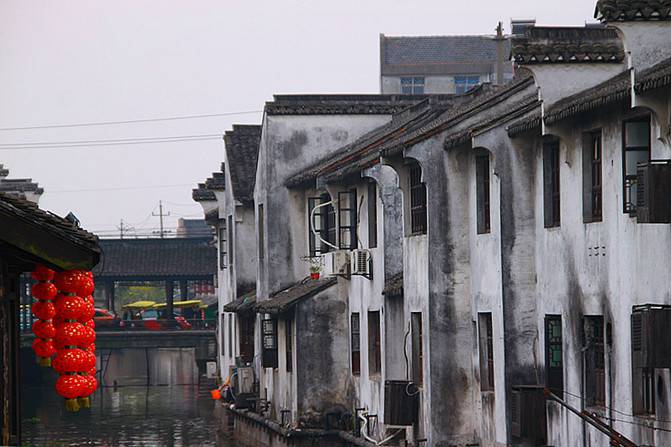
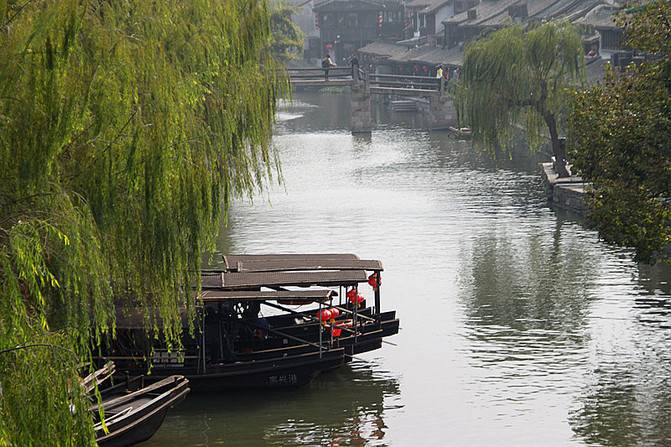
Xitang ancient town is located in Jiashan County, Zhejiang Province, at the junction of Jiangsu, Zhejiang and Shanghai. It was named Xietang and Pingchuan in ancient times. It is listed as "six ancient towns in the south of the Yangtze River" with Zhouzhuang, Tongli and Luzhi in Jiangsu Province, Wuzhen and Nanxun in Zhejiang Province.
Xitang is known as "three more": more bridges, more lanes, more corridors and more sheds. A ticket of 100 yuan is a joint ticket. With the ticket, you can visit the scenic spots developed by Xitang tourism company, including root carving hall, tile hall, Xue Zhai button hall, Ni Ju, holy temple, wood carving hall, yellow wine shop, zuiyuan, qilaoye temple, Zhongfu hall and Xiyuan. First, there is not enough time. Second, we have to see if we have to. Some of them have to be checked, which makes us impatient. Therefore, we give up some of them.
There are many small bridges in Jiangnan. The bridge is a Pipa button inlaid on the antique Tang costume of Xitang ancient town. They are not only the link connecting people on both sides of the Strait, but also the beautiful decoration of Xitang ancient town.
On the East-West River, from west to East, there are Huanxiu bridge, Songzi Laifeng bridge, and then the middle line. From north to south, there are Wolong bridge, Antai bridge, Wan'an bridge, Anshan bridge, Yongning bridge, Anjing bridge, Lujia bridge, Xutang bridge, and Anren bridge, most of which are named by auspicious words such as "an", "Ning", "Tai", "Shan" and "Ren".
The most famous bridge in Xitang town is Huanxiu bridge on Shi River. It was built in 1581 (the ninth year of Wanli in Ming Dynasty). It has been 433 years since now. It is the earliest high bridge in Xitang town. It is true that what we see is no longer the original track of Huanxiu bridge, but the stone level arch bridge rebuilt in 1997.
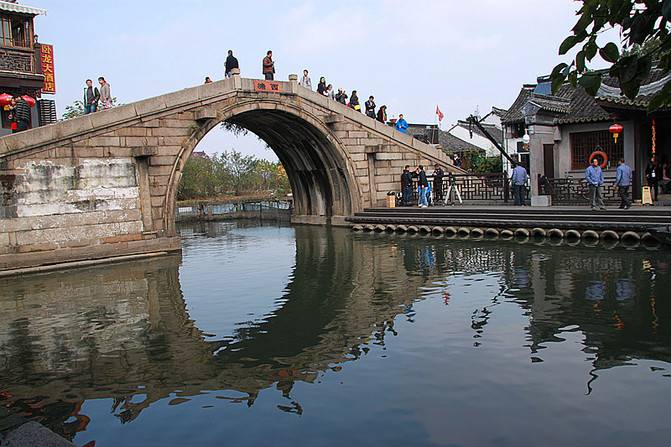
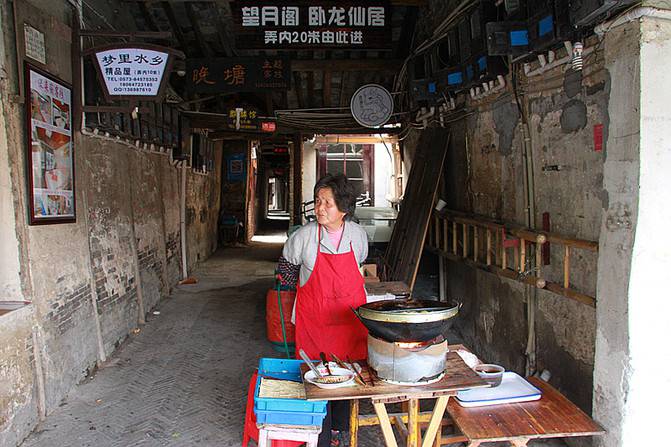
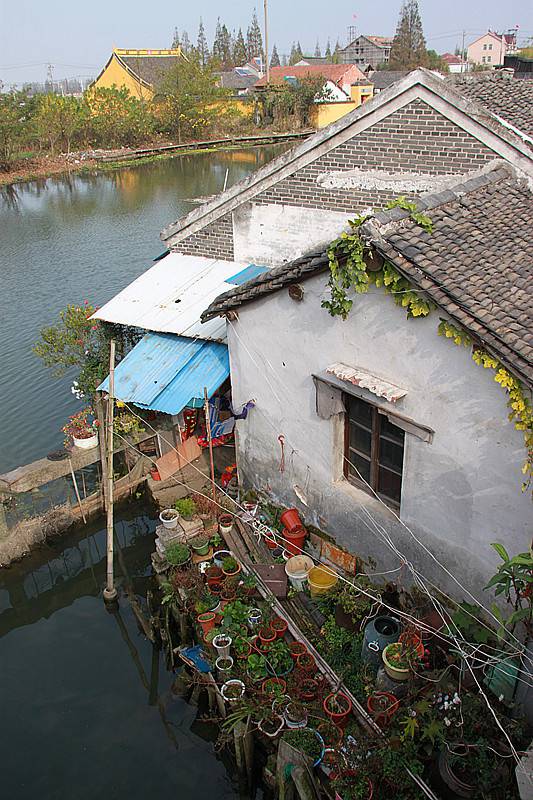
Of course, it's too much for me to say that. I'd better borrow the couplet on Huanxiu bridge to express my love: "the boat passes through the jade ring, and the people walk in the rainbow." The bridge arch on the water is originally a semicircle, but it combines with the reflection of the arch bridge in the water to become a "biyuhuan" worthy of the name; As for the comparison of Chinese stone arch bridge with "Rainbow" or "Rainbow belt" (such as "Changhong lying wave", etc.), it is "not fresh" up to now.
Leave a Comment